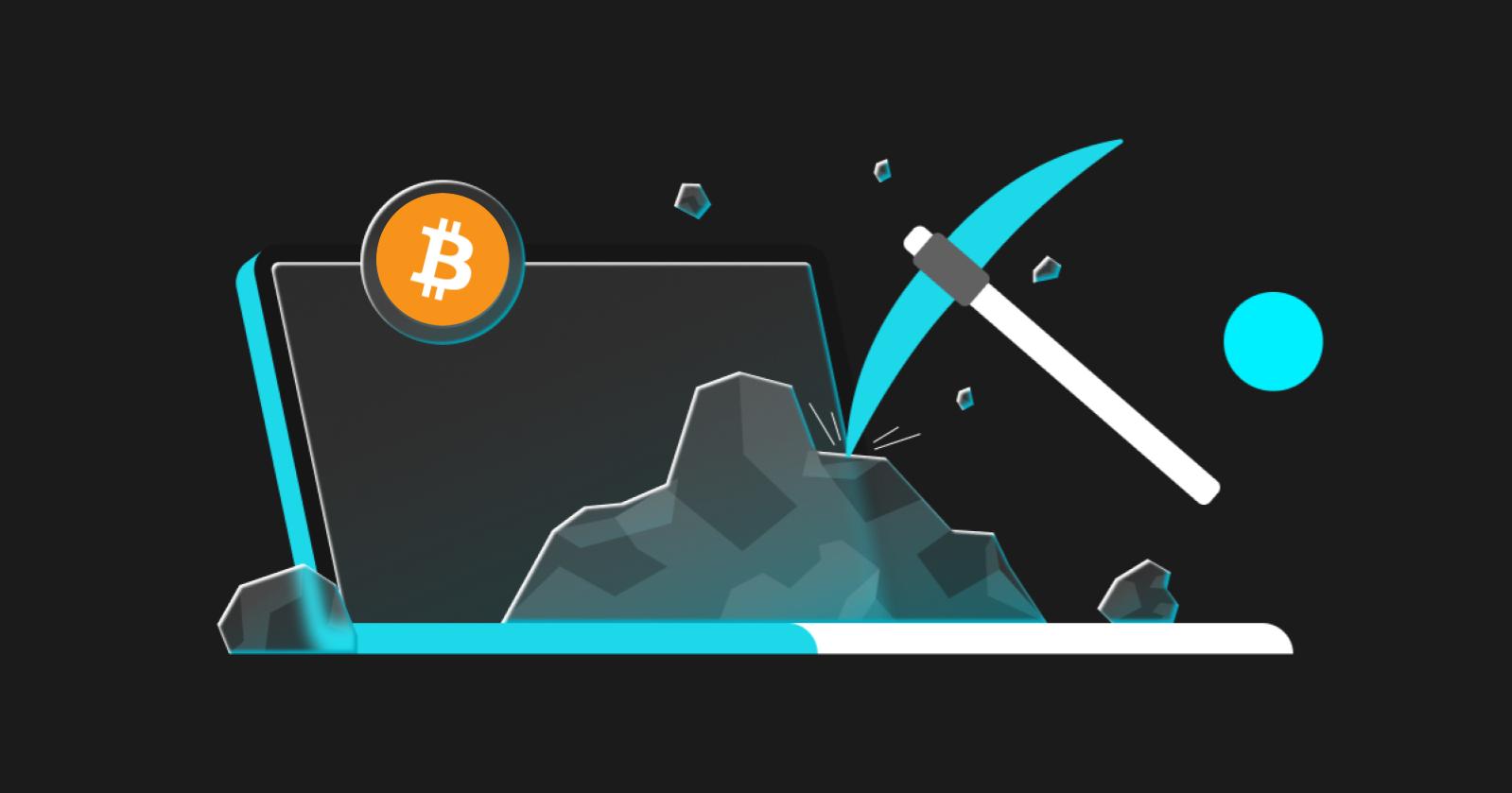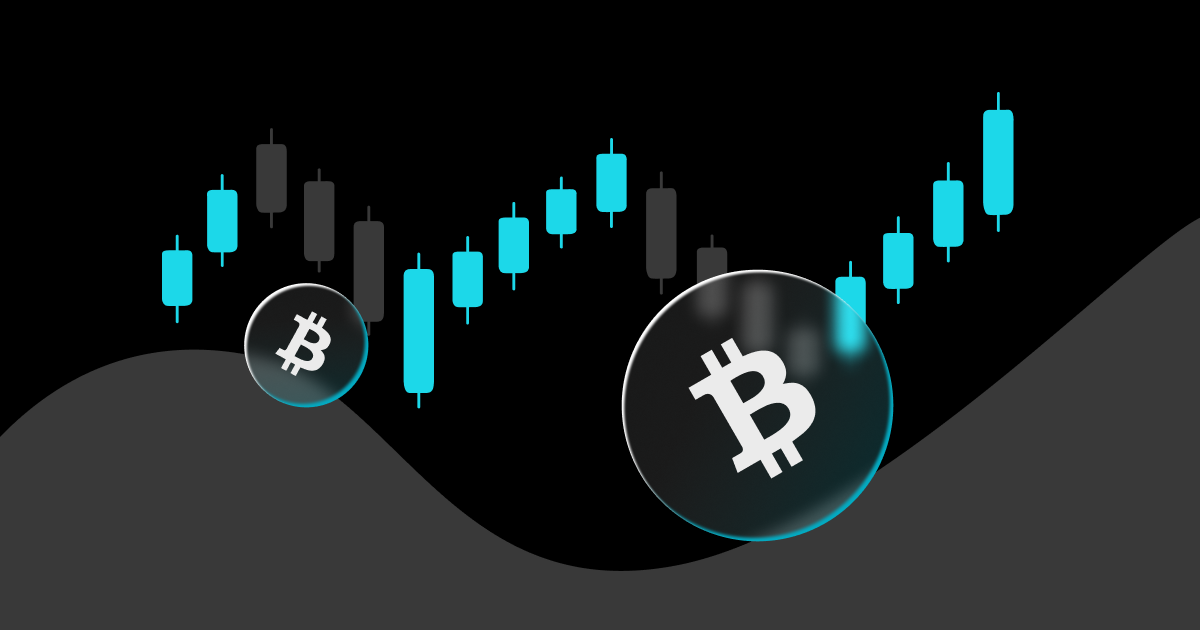Bitcoin Mining 2025: How It Works, How to Start, and How to Profit
Bitcoin mining remains one of the cornerstone methods for obtaining bitcoin in 2025, offering an alternative to purchasing the cryptocurrency directly on an exchange. With groundbreaking developments—such as Pakistan launching government-powered bitcoin mining—this dynamic sector is attracting increasing attention and innovation worldwide. In this comprehensive guide, you’ll discover exactly what bitcoin mining is, how it works, the essential technical concepts, major shifts in mining strategies (including cloud mining), the state of bitcoin mining profitability, and where the industry is heading next.
What is Bitcoin Mining?
Bitcoin mining is the decentralized and fundamental process that keeps the bitcoin blockchain secure, up to date, and resistant to fraud. Node operators (miners) use specialized computers to solve complex cryptographic puzzles, known as proof-of-work, in order to add new blocks filled with verified transactions to the blockchain. The first miner to solve the puzzle receives the block reward in freshly minted bitcoins, along with transaction fees. This cycle not only stabilizes, secures, and expands the Bitcoin network, but also distributes new coins—and, crucially, underpins bitcoin mining profitability for participants ranging from hobby miners to governments and major enterprises. As a result, keywords like “bitcoin mining profitability” and “cloud mining” are now top-of-mind for anyone interested in this evolving digital frontier.
Key Concepts in Bitcoin Mining: Proof-of-Work, Mining Difficulty, and the Role of Hashes
At the foundational level, bitcoin mining is built on the proof-of-work consensus mechanism. Proof-of-work is a cryptographic process that requires miners to expend substantial computational resources to solve complex puzzles—a safeguard designed to keep the Bitcoin blockchain secure, decentralized, and tamper-resistant. Each puzzle is computationally demanding but easy for other nodes to verify, ensuring that once a block is added to the blockchain, it’s practically impossible to alter retroactively without redoing the proof-of-work for every subsequent block.
A crucial part of this process is mining difficulty, a parameter that self-adjusts every 2,016 blocks (roughly every two weeks). The network monitors how quickly blocks have been found during the previous difficulty period and alters the difficulty so that, on average, one block continues to be added every ten minutes. If more computational power (hashrate) enters the network and blocks are found too quickly, the difficulty rises. If miners drop out and blocks slow, the difficulty drops. This self-balancing mechanism ensures a predictable rate of new bitcoin issuance and helps maintain the network’s security regardless of fluctuations in the number of active miners.
Central to all of this is the concept of the hash. In bitcoin mining, a hash is the fixed-length string output produced by the SHA-256 hashing algorithm, based on the data from the candidate block plus a random number called a “nonce.” The aim is to find a hash value below a network-specified difficulty threshold. The properties of the SHA-256 algorithm mean that even a tiny change to the block data drastically changes the resulting hash, making prediction impossible. As a result, the only practical method is a massive number of trial-and-error attempts—essentially a probabilistic lottery, where more hash power means more chances to win, but never a guarantee.
This process of continuous hashing is what makes bitcoin mining energy-intensive and fiercely competitive. Miners worldwide are engaged in a computational “arms race,” investing in ever-more-efficient hardware and seeking cheap renewable energy to maximize their potential for finding the next valid block.
How Does Bitcoin Mining Work in 2025?
By 2025, bitcoin mining has reached new heights in both technical sophistication and global scale. The mining process unfolds through several essential steps:
First, miners gather unconfirmed transactions from the network’s “mempool” (a waiting area for pending transactions) and assemble them into a candidate block. This block includes a reference to the previous block (maintaining blockchain continuity), a list of transactions, a timestamp, and a special transaction that pays the miner their reward if successful.
Next, miners begin the hunt for a valid block by running the block’s header data—plus a nonce value that they continually increment—through the SHA-256 algorithm to generate a hash. The network requires that a valid block has a hash numerically lower than the current difficulty target. The lower the target, the harder it is to mine a block. With trillions of possibilities, the task for miners boils down to performing as many hashing attempts as quickly as possible. Modern mining farms in 2025 operate vast arrays of ASIC (Application-Specific Integrated Circuits) machines, which are designed to compute SHA-256 hashes as efficiently as possible, consuming massive electricity but delivering proportionately greater computational power.
The competitive edge in bitcoin mining is all about scale, speed, and efficiency. Each mining machine races against all others worldwide, incrementing the nonce and recalculating the hash, trying to “strike gold” by producing a hash below the current threshold. When one miner finally succeeds, they broadcast their solution to the rest of the network for verification. Other miners and nodes quickly check the validity—ensuring the work was genuinely performed and all included transactions are legitimate. Once consensus is reached, the successful block becomes a permanent part of the blockchain.
For their effort, the winning miner receives the current block reward—now 3.125 bitcoins in 2025, after the most recent halving—plus the total transaction fees from all transactions in that block. The process immediately starts again with a new set of pending transactions and a recalibrated mining race. Mining is thus the heartbeat of the Bitcoin network, providing not only security and transaction validation but also the controlled issuance of new bitcoins.
With mining difficulty now at historic highs and global hash rates continuing to surge, competition is fierce. Small-scale operators frequently join mining pools, combining resources to smooth out reward variability, while others turn to cloud mining to participate without owning hardware. As bitcoin mining profitability fluctuates with market prices, energy costs, and halving events, every advantage—whether technological, financial, or geographic—can impact a miner’s bottom line in 2025.
Mining Milestones: How Many Bitcoins Remain and What Happens When the Cap Is Reached?
Bitcoin’s maximum supply is fixed at 21 million coins. As of 2025, more than 19.5 million bitcoins have already been brought into circulation through bitcoin mining, leaving fewer than 1.5 million yet to be mined. Every four years, the network undergoes a "halving," slashing the reward per block, which is now 3.125 BTC. By design, all bitcoins will be mined around 2140. After this point, miners will be compensated exclusively with user transaction fees. This ensures that bitcoin mining will always incentivize network security beyond new coin creation, securing the future of bitcoin mining profitability for miners.
From CPUs to Cloud Mining: The Changing Face of Bitcoin Mining
The evolution of bitcoin mining over the last 16 years has been astonishing. Early adopters could mine using ordinary CPUs, earning dozens of bitcoins per day, with negligible mining difficulty. As popularity exploded, miners shifted to more powerful GPUs, then FPGAs, and into today’s era of high-performance ASIC mining. Increased competition and difficulty have led to the rise of massive mining farms powered by cheap hydro, geothermal, or solar electricity, frequently pooling resources to maximize bitcoin mining profitability.
Recently, cloud mining has emerged as a viable alternative, allowing individuals to rent hash power from industrial-scale bitcoin mining operations. Cloud mining removes the hurdles of hardware management and energy costs, making entry into bitcoin mining far more accessible for newcomers. Today, both large institutions and small investors analyze bitcoin mining profitability across direct mining, mining pools, and cloud mining options.
Bitcoin Mining Profitability in 2025: Numbers, Reality, and What to Know
Bitcoin mining profitability in 2025 is tougher to sustain for solo miners but remains lucrative for well-capitalized players. The current block reward stands at 3.125 BTC per block—worth roughly $187,500 with bitcoin averaging $60,000 this year. However, new ASIC hardware costs several thousand dollars, and mining difficulty has never been higher.
A mining rig rated at 110 TH/s might generate about $6–8 daily at $0.10 per kWh electricity but often spends a similar or greater amount on energy alone. The all-in break-even cost for bitcoin mining now ranges from $35,000 to $55,000 per bitcoin for most, though top-tier miners in places with power below $0.03 per kWh can still achieve steady profits. For those leveraging cloud mining, potential returns are typically smaller after fees, and breaking even may take months or prove elusive, especially as more providers enter the market.
Cloud mining remains a hot topic among new entrants looking for ways to boost bitcoin mining profitability with less technical effort. But careful provider selection and a realistic view of potential earnings are vital, as high fees and volatile bitcoin prices can negate gains just as fast as equipment inefficiency can in traditional mining.
Cloud Mining in 2025: Convenience, Challenges, and Caution
Cloud mining makes it possible for anyone to participate in bitcoin mining without buying or running hardware. Instead, users purchase a contract for a certain amount of hash power from a major mining data center. Cloud mining reduces barriers to bitcoin mining, but the space is rife with challenges: platform reliability, unclear pricing structures, and even fraudulent or unsustainable setups. As with all forms of bitcoin mining, cloud mining profitability hinges on covering ongoing fees and sustaining hash power in a landscape of rising difficulty and frequently changing bitcoin prices.
Prospective miners should thoroughly vet cloud mining providers, assess contract terms, and watch for red flags. Although cloud mining democratizes bitcoin mining access, only the most trusted and well-run services typically offer consistent returns, and even then, bitcoin mining profitability is never guaranteed.
The Future of Bitcoin Mining: Innovation, Regulation, and Global Shifts
Bitcoin mining’s future will be defined by relentless innovation, increasingly strict energy standards, and geopolitical shifts. Industrial consolidation continues, with huge mining farms and renewable-energy initiatives shaping where and how bitcoin mining operates. Countries like Pakistan are leveraging national resources for bitcoin mining, impacting the geographic distribution of hash power and influencing policy trends. As we move past halving events and transaction fees claim a larger slice of total miner revenue, the challenge and opportunity of bitcoin mining profitability will drive further creativity in hardware, operations, and the explosive cloud mining market.
FAQ: Bitcoin Mining in 2025
1. What is bitcoin mining and why is it essential in 2025?Bitcoin mining verifies and records transactions on the blockchain, protecting the network and fueling decentralized issuance. In 2025, this is still the backbone of Bitcoin’s security and incentive structure.
2. What is a hash in bitcoin mining?A hash is a unique cryptographic value produced by each block attempt. Valid hashes, below the network’s set difficulty, let miners add new blocks—a process central to bitcoin mining.
3. What equipment is needed for bitcoin mining now?ASIC miners are the industry standard for bitcoin mining in 2025. GPU and CPU mining are obsolete for serious operations due to soaring difficulty.
4. How profitable is bitcoin mining in 2025?Bitcoin mining profitability is elusive for hobbyists but strong for large operations with cheap energy, efficient hardware, and optimized strategies. The break-even point for most is between $35,000 and $55,000 per mined bitcoin.
5. How does cloud mining impact bitcoin mining profitability?Cloud mining allows easy entry but yields reduced and often unpredictable returns after fees. Only transparent, reputable platforms offer a shot at positive bitcoin mining profitability.
6. What will happen when all bitcoins have been mined?Around the year 2140, no new bitcoins will be created. Bitcoin mining rewards will come solely from transaction fees, sustaining incentives for miners.
7. How has bitcoin mining evolved over time?From amateur CPU mining to industrial-scale ASIC farms and cloud mining contracts, bitcoin mining has transformed into a highly competitive, global industry.
8. Is bitcoin mining environmentally sustainable?Bitcoin mining uses substantial energy, but trends are shifting toward greener power sources. Industrial miners and new markets are focusing on renewables to address environmental concerns and boost bitcoin mining profitability.















.png)





















